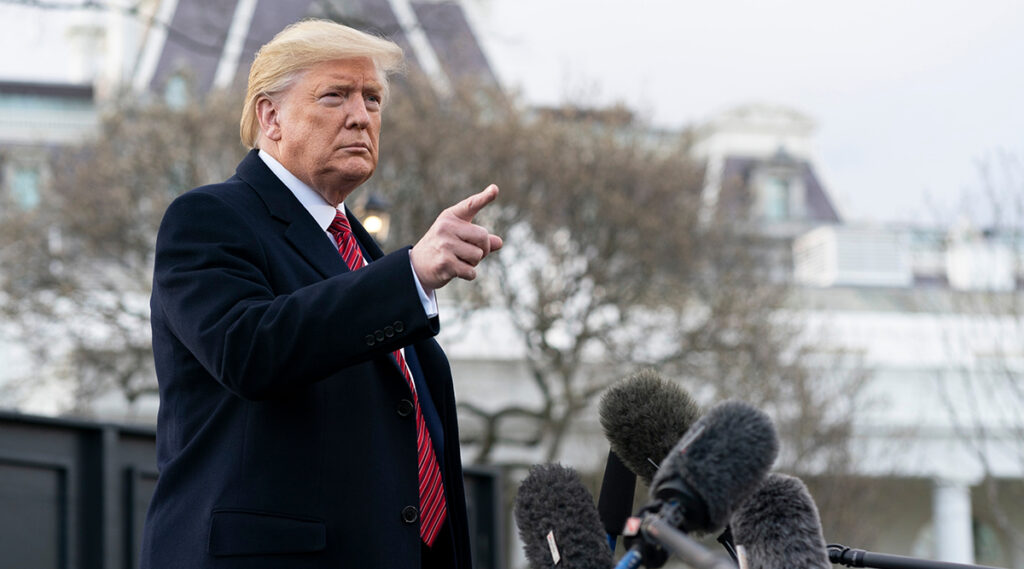Electronics Face Renewed Pressure Under Semiconductor Tariff Strategy
The U.S. administration has announced a major change in its trade strategy by signaling that Chinese-made smartphones, computers, and other electronic devices will no longer benefit from previous tariff exemptions. Despite earlier customs notices suggesting these items would escape the 125% levy, they are now being redirected into a separate category under the so-called semiconductor tariffs.
This adjustment signals a more focused push on controlling the electronics supply chain, which includes essential components like semiconductors. These chips are central to everyday technologies ranging from smartphones to laptops, and shifting them under a different tariff regime opens a new chapter in the ongoing trade conflict between the U.S. and China.
Uncertainty Grows for Global Tech and Trade
The new semiconductor tariffs are expected to be applied in addition to a wave of global levies introduced earlier, which had been temporarily paused for 90 days. The move marks a significant pivot, as Washington increases scrutiny on critical technology sectors under the banner of national security.
Officials from the U.S. government have indicated that upcoming investigations will extend beyond semiconductors to encompass the entire electronics supply chain. This expanded focus comes at a time of mounting trade tensions, and it’s already causing concern among manufacturers and global markets.
The Chinese government has expressed strong dissatisfaction with the new direction. It had previously described the exemption for smartphones and computers as a minimal gesture and is now reviewing the broader implications of this change. China has also made it clear that it sees the current escalation as a direct threat and has vowed to respond accordingly.
Tit-For-Tat Tariffs Escalate on Both Sides
In response to the U.S. measures, China has already implemented a series of retaliatory tariffs. Starting with a 34% duty on U.S. goods, the rate quickly increased to 84% and later surged to 125%. These actions mirror the U.S. progression, which began with a 54% tariff on Chinese imports before expanding to the current 145% rate.
The cycle of tariffs has rattled international markets and left global companies in a state of limbo. One immediate consequence was Sony’s decision to raise the price of its PlayStation 5 console by approximately 10% in several regions, citing the economic instability and currency fluctuations linked to the trade war. Although the company has not introduced price increases in the U.S., the broader trend suggests more cost adjustments may be on the horizon.
No Signs of Diplomatic Thaw
Despite the intensifying trade conflict, there are currently no plans for high-level talks between the U.S. and China. U.S. trade representatives have confirmed that no direct communication is scheduled between the two countries’ leaders, leaving little room for diplomatic resolution in the near term.
The White House continues to defend its use of tariffs as a tool for negotiating better trade conditions and aims to encourage the reshoring of key industries such as pharmaceuticals, semiconductors, and electronics manufacturing. Officials argue that these moves will help rebalance the global trade system and strengthen domestic industry.
However, the unpredictability of the administration’s announcements has led to significant volatility in financial markets and raised fears about a prolonged decline in international trade. Economists warn that these measures, if sustained, could impact employment, disrupt supply chains, and trigger wider economic consequences.
As the administration prepares to reveal more details on its semiconductor-focused strategy, all eyes are on how global markets, companies, and rival governments will react to the next phase of this evolving trade battle.



